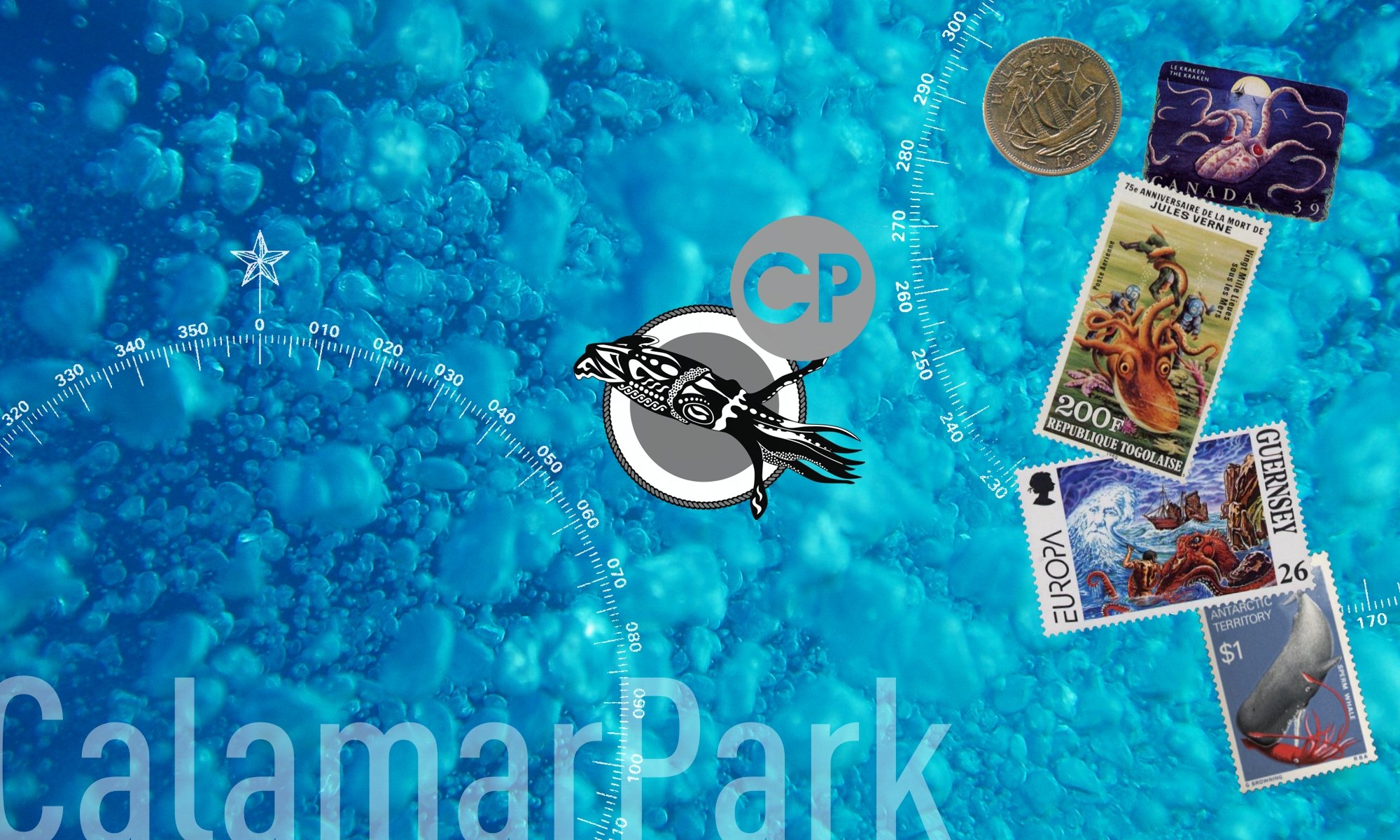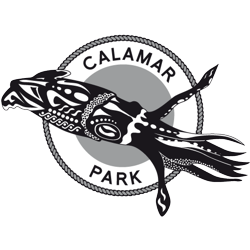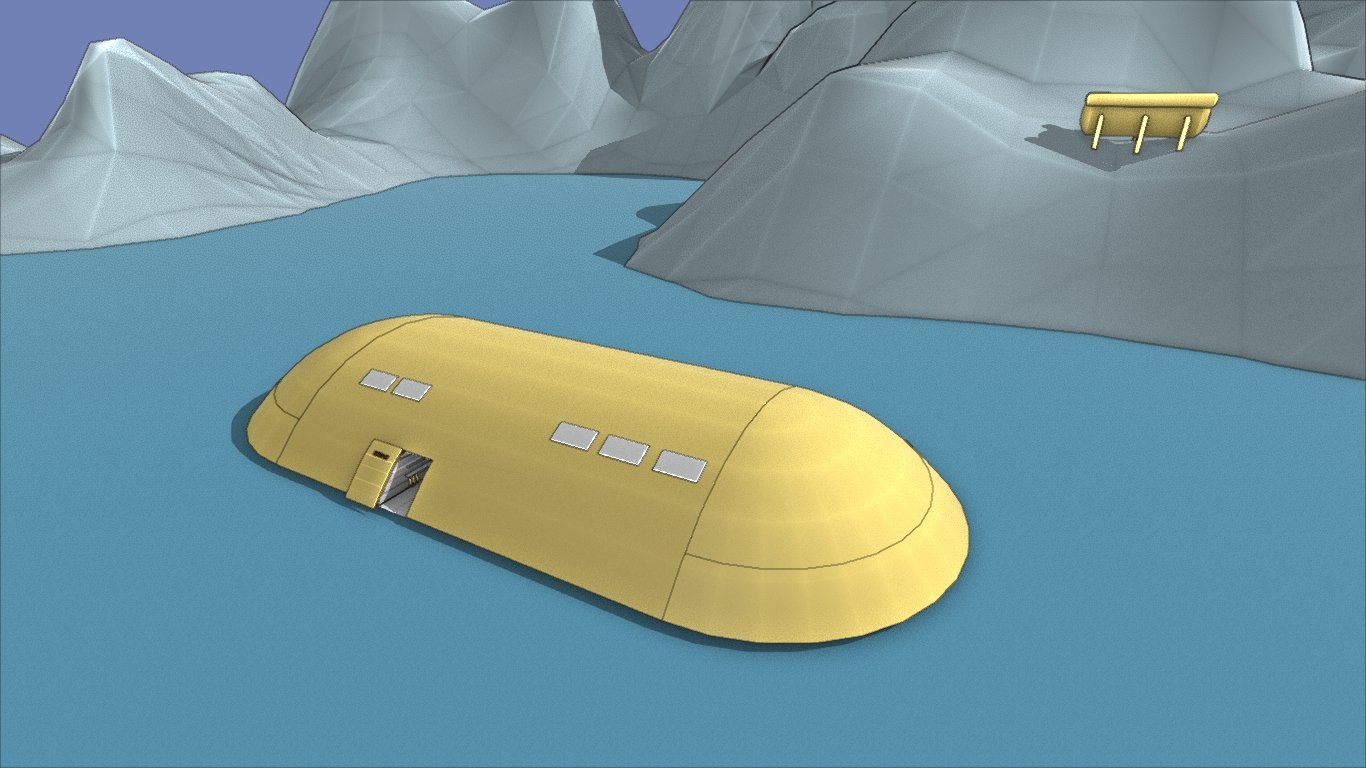(Update 24.11.2020: added possible serial production) This section is about Draft No.5 of the CalamarPark underwater habitat, a hangar type module with right angular docking keys. Having a look at the evaluation list ‘General Considerations‘ it seems like the ideal shape for the undersea station.
Housekeeping
 Housekeeping in an underwater habitat is a crucial part of habitability. It plays a primary role in maintaining the cleanliness of the habitat and thus the crew’s health and safety, which will consequently boost their morale, comfort, and productivity.
Housekeeping in an underwater habitat is a crucial part of habitability. It plays a primary role in maintaining the cleanliness of the habitat and thus the crew’s health and safety, which will consequently boost their morale, comfort, and productivity.
This chapter is divided into the following sections:
- General Considerations
- Habitat Specific Risk Areas
- Contamination Sources
- Housekeeping Tools
- Housekeeping Minimization through System Design
- Past and Present Housekeeping in On-Orbit Operations
Our extensive analysis and proposals are part of the design manual.
Entry image: Rlistmedia, CC BY 4.0 <https://creativecommons.org/licenses/by/4.0>, via Wikimedia Commons
ESA Qualification
 We are very happy that our proposal of an European Underwater Research Center has been qualified today by ESA to be presented for discussion and vote. So there is a realistic chance for funding of a detailed feasibility process leading to the construction of the first module(s).
We are very happy that our proposal of an European Underwater Research Center has been qualified today by ESA to be presented for discussion and vote. So there is a realistic chance for funding of a detailed feasibility process leading to the construction of the first module(s).
Recreation
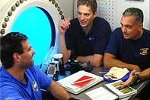 (updated 15.09.2020: added adaptations from the NASA Human Integration Handbook) Recreation is an important consideration for maintaining high morale, psychological and physiological health in an underwater habitat, especially for long durations. This section provides guidelines for recreational activities.
(updated 15.09.2020: added adaptations from the NASA Human Integration Handbook) Recreation is an important consideration for maintaining high morale, psychological and physiological health in an underwater habitat, especially for long durations. This section provides guidelines for recreational activities.
Our extensive analysis and proposals are part of the design manual.
Meer-Drachen
News from the past [scrolldown for english translation] Continue reading “Meer-Drachen”
Stowage & Inventory Management
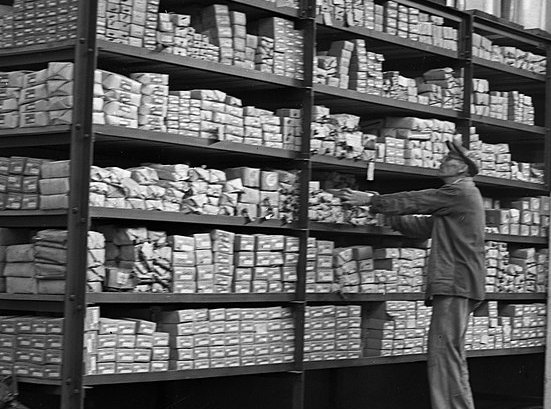 This section discusses design considerations for the layout and design of stowage systems inside an underwater habitat. It also provides the characteristics of a successful onboard inventory management system design. Such a system can track the quantity, location, and status (e.g., remaining useful life) of inventory items. The inventory management function is one of the primary elements of onboard information management.
This section discusses design considerations for the layout and design of stowage systems inside an underwater habitat. It also provides the characteristics of a successful onboard inventory management system design. Such a system can track the quantity, location, and status (e.g., remaining useful life) of inventory items. The inventory management function is one of the primary elements of onboard information management.
This chapter is divided into the following sections:
- General Considerations
- Type & Locations
- Nonstandard Stowage
- Habitat Resupply
- Flexibility
- Central Storage vs. Distributed Storage
- Operability
- Accessibility
- Interference
- Labelling
- Inventory Management
Our extensive analysis and proposals are part of the design manual.
[Image: FORTEPAN / Lissák Tivadar / CC BY-SA (https://creativecommons.org/licenses/by-sa/3.0)]
Note: This article contains adaptations from the NASA Human Integration Handbook (HIDH), NASA/SP-2010-3407. Since supplementary transports are not comparable to spaceflight, many considerations do not apply to underwater operations and therefore had been skipped.
Mooring
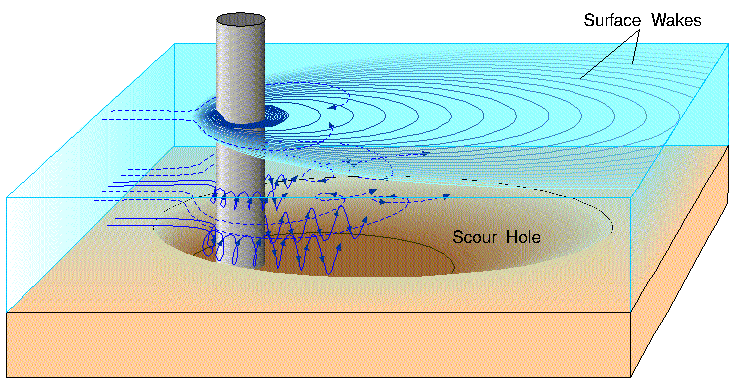
This chapter collects information on mooring of an underwater station, potential difficulties and solutions. Continue reading “Mooring”
Nutrition
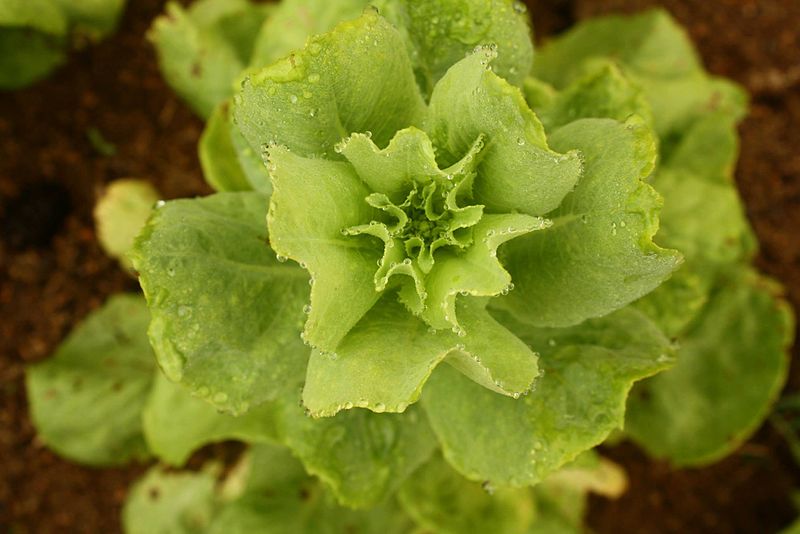 For long-term stays in an underwater station, a plan for ideal nutrition is required, which takes into account the special circumstances such as increased-pressure environments and reduced sunlight. This section will discuss the specific requirements and the resulting dietary recommendations, which include environmental considerations (avoidance of waste…), safety precautions (avoidance of contamination of the habitat atmosphere…) and alternative sources of supply (own production, finished products…). Some considerations will require a certain design of the corresponding habitat sections. Contact us for access to the whole article.
For long-term stays in an underwater station, a plan for ideal nutrition is required, which takes into account the special circumstances such as increased-pressure environments and reduced sunlight. This section will discuss the specific requirements and the resulting dietary recommendations, which include environmental considerations (avoidance of waste…), safety precautions (avoidance of contamination of the habitat atmosphere…) and alternative sources of supply (own production, finished products…). Some considerations will require a certain design of the corresponding habitat sections. Contact us for access to the whole article.
Image from Wikimedia Commons; Obrer / CC BY-SA (https://creativecommons.org/licenses/by-sa/4.0)
Undersea Station: Portholes
 (Update 10.04.2023: complete makeover of the article; replaced outdated information; added new aspects from different sources like NASA’s Human Integration Handbook, 2010)
(Update 10.04.2023: complete makeover of the article; replaced outdated information; added new aspects from different sources like NASA’s Human Integration Handbook, 2010)
Windows are essential and present the most important reason to operate an underwater habitat. They are necessary for operation, safety and marketing.
This chapter is divided into the following sections:
- Traffic
- Tasks
- Lighting & Glare
- Windows Support
- Condensation Prevention System (CPS)
- Window Replacement
- Window Covers
Our extensive analysis and proposals are part of the design manual.
Interior Lighting
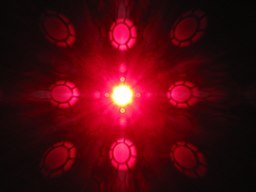 (Updated 10.04.2023: complete edit of the article) Lighting in the main habitat will consist of different modes: standby, activity, emergency and disinfection. This section should explain the ideal system of lighting inside the underwater habitat.
(Updated 10.04.2023: complete edit of the article) Lighting in the main habitat will consist of different modes: standby, activity, emergency and disinfection. This section should explain the ideal system of lighting inside the underwater habitat.
This chapter is divided into the following sections:
- Lighting Modes: Standby, Activity, Emergency, Disinfection
- Virtual Sky
- CoeLux – Mimic Natural Refraction Process
Our extensive analysis and proposals are part of the design manual.
